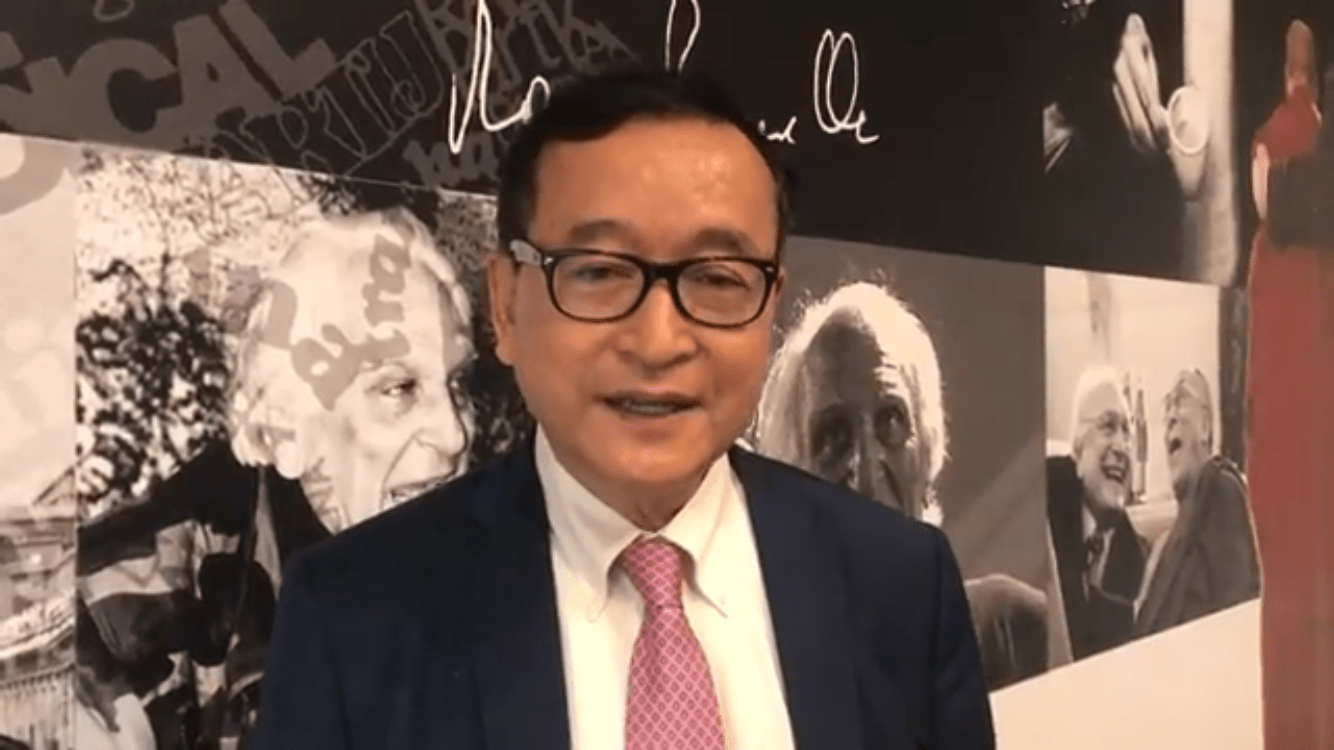In 2003 the international community helped the Cambodian government to establish a special tribunal – with the participation of the United Nations – to prosecute the most important Khmer Rouge leaders. The name given to the institution was the Extraordinary Chambers in the Courts of Cambodia (ECCC).
Prosecuting those responsible for the mass killings perpetrated under the Khmer Rouge regime (1975-1979) is a necessary and noble endeavour. But the way the ECCC is established leaves a lot to be desired. It has, at best, rendered a selective and fragmented – therefore non satisfactory – justice by allowing the Hun Sen regime to control the judicial processes and proceedings. Hun Sen’s objective is to limit the scope of the court investigation so as to shield many middle-ranking Khmer Rouge cadres – now at the top of his regime – from prosecution.
This can only lead to a biased justice knowing that, under Pol Pot, the decision to suppress human beings and the implementation of the massacres was largely “decentralised” in that it left a lot of room for manoeuvre and responsibility to Khmer Rouge regional apparatchiks. Some of those regional apparatchiks and/or military commanders – such as Heng Samrin, Chea Sim and Hun Sen himself – later became presidents of the Cambodian People’s Party (CPP) and Cambodia’s top leaders.
Pol Pot alone or with five or six accomplices could not kill nearly two million people. They needed a much larger killing machinery that the ECCC is not allowed to investigate for political reasons. Incidentally, from a financial point of view, the establishment and the (dys-)functioning of the ECCC was a source of corruption, which has enriched many CPP officials and supporters.
Sam Rainsy

